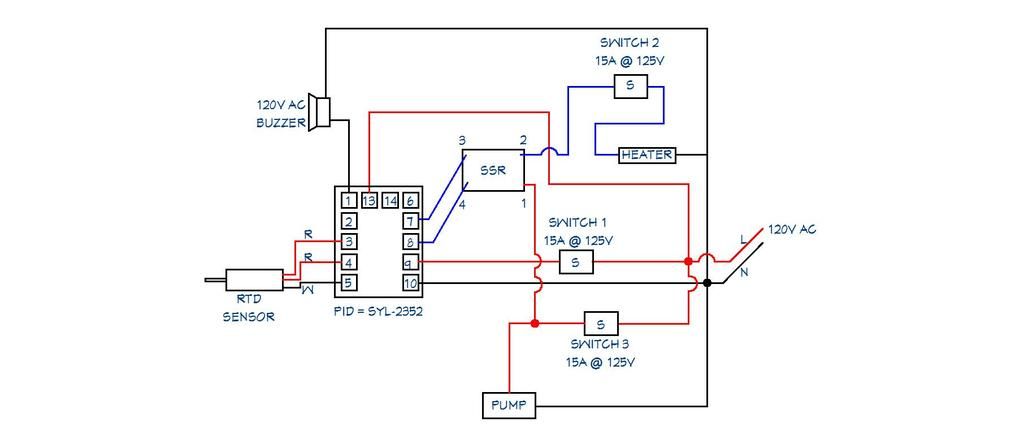I'm not a motor expert, but I do know that inductive loads have higher turn-on currents than their steady state currents. A motor is an inductive load. Some panel designs recommend using slo-blo fuses in the motor branch of the circuit due to the higher start-up currents. It's possible that the higher in-rush currents could adversely affect the reliability of marginally rated switch contacts. But it is also possible that a 15A switch could work for years in your circuit design. Personally, I'd use a higher rated switch.
https://en.wikipedia.org/wiki/Inrush_current:
"Inrush current, input surge current or switch-on surge is the maximum, instantaneous input current drawn by an electrical device when first turned on. Alternating current electric motors and transformers may draw several times their normal full-load current when first energized, for a few cycles of the input waveform."
Brew on





